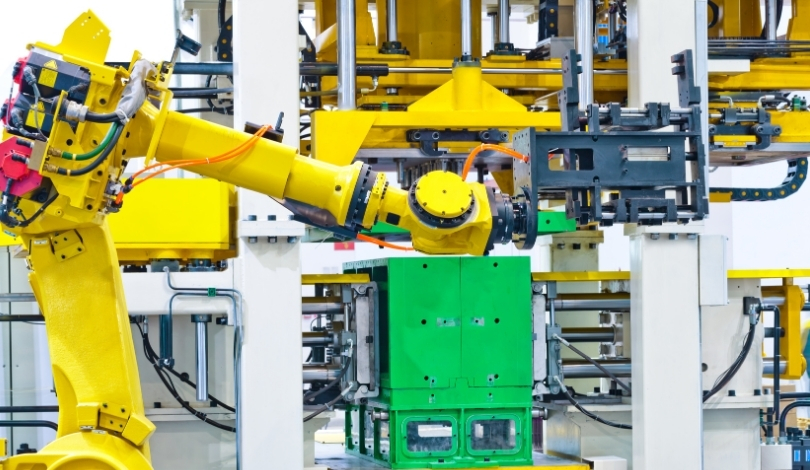Robotics technology surged to the front of industrial progress this May, with notable advancements displayed at prominent gatherings such as the Robotics Summit & Expo in Boston and Automate 2025 in Detroit. These events brought fresh engagement from engineers, manufacturers, and innovation leaders, all seeking pragmatic solutions to contemporary operational challenges. Robotics developers and investors looked beyond technical specifications, focusing on platforms that integrate seamlessly with existing workflows. Conversation at the events frequently turned to safety, workforce training, and the pace of AI adoption, issues sometimes overshadowed by hardware discussions. Major brands like Persona AI, Standard Bots, Amazon, ABB, igus, Waymo, Boston Dynamics, and Rainbow Robotics revealed new products or plans, underscoring the expanding application of robotics across industries.
Previous reports from similar robotics events often highlighted incremental advances rather than the broad spectrum of launches and partnerships now emerging. In 2024, much of the attention rested on laboratory breakthroughs and pilot programs, whereas 2025’s trend leans heavily toward commercialization and large-scale deployments. Recent developments also reflect a growing interest in service and logistics applications, in contrast to former years’ narrower focus on manufacturing. Earlier coverage mentioned experimental deployments by DHL and Amazon, but this year, definitive purchase orders and deployment numbers came into sharper focus.
What major technologies shaped the robotics landscape in May?
Robotics companies introduced several key innovations, highlighted by developments in humanoid and mobile robots. Persona AI secured $27 million to accelerate its humanoid robots designed for shipbuilding and manufacturing tasks, targeting environments where adaptability and human-like dexterity are prized.
“The investment will help us build humanoids capable of functioning reliably in complex industrial settings,”
a Persona AI representative noted during a press presentation. ABB upgraded its Flexley Mover P604 with 3D visual simultaneous localization and mapping (vSLAM) alongside user-oriented programming tools, supporting improved autonomy and integration potential for factory and warehouse logistics.
How did commercial and logistics deployments expand this year?
Industrial logistics experienced significant investment, as evidenced by DHL’s commitment to purchase over 1,000 Stretch robots from Boston Dynamics for deployment before 2030. These robots, initially used for container unloading, are now being adapted for multiple logistics applications. Amazon introduced its Vulcan robot, a unit employing force and touch sensing technologies to advance material handling capabilities within its warehouses. Meanwhile, igus entered the market with the launch of Iggy Rob, a cost-conscious humanoid aimed at supporting repetitive duties in both service and industrial settings, with expectations of wider adoption in years ahead.
Are research and mapping applications keeping pace with industry developments?
Robotics research maintains a vigorous pace, with LimX Dynamics’ TRON1 bipedal robot drawing interest for its optional new arm and potential in general-purpose and AGI research. Rainbow Robotics presented enhancements for its RB-Y1 platform, unveiling omnidirectional wheels and a developer kit to broaden its appeal. Waymo took a step towards expanding autonomous driving by dispatching robotaxis to map the streets of Boston—though these early-stage efforts are conducted with human operators behind the wheel to gather data on complex urban dynamics.
The current environment for robotics adoption indicates that the industry is maturing from prototype demonstration to commercial viability and volume deployment. Investment patterns, such as Persona AI’s funding round, and procurement actions, for instance by DHL and Amazon, reveal a shift towards scalability and return on investment metrics. Partnerships between hardware and software firms, reflected in upgrades by ABB and development kits from Rainbow Robotics, support faster integration and smoother onboarding for customers. Organizations seeking to implement robotics should closely evaluate their interoperability requirements, workforce readiness for automation, and long-term service support. Staying attuned to updates from major trade shows provides insight into which technologies are crossing over from innovation showcases into standard practice. As the sector moves forward, balancing robust deployment with ongoing research remains critical to broadening robotics’ tangible impact.










